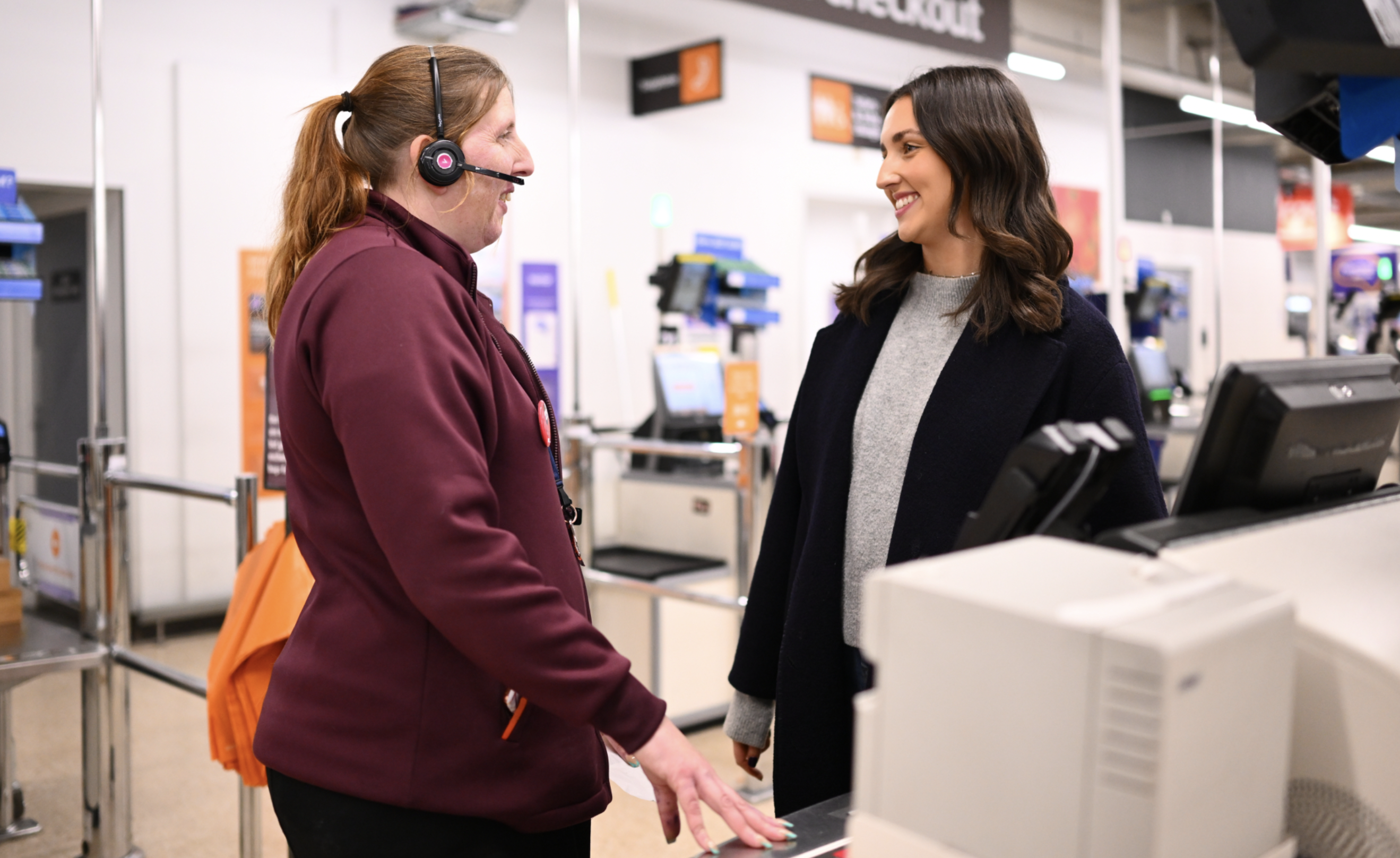Romulus Grigoras, CEO at OneStock, reflects on how 2018 has raised the bar for order management.
If I buy a new jacket, I expect my order to be fulfilled regardless of where it’s stocked and how I’d like it delivered. I might wish to shop online and pick up in-store or perhaps go to a store so I can try different styles on first. If the item I like is not available in my size, I would assume it can be sourced from elsewhere and delivered. If I change my mind after I’ve received the jacket, I may decide to return it to a store for a refund rather than post it.
These scenarios may look extreme, but in 2018 they became basic requirements for the channel-agnostic consumer wanting a consistent and seamless experience wherever they shop.
The transition to omnichannel began some years ago and is now widely accepted as the only viable strategy for retailing. Nearly every brick and mortar retailer has an online presence and we are seeing more pure players investing in physical stores. While all would agree they can’t do without an omnichannel strategy, it must go beyond a list of services. Omnichannel is not about an organisational challenge or a new paradigm in IT architecture. It’s all about being customer-centric.
Unifying inventories
To win at omnichannel, retailers must satisfy shoppers’ requirements in any way necessary. Consumers see the retailer as one brand and should never be told that a product is out of stock if the item is available elsewhere.
In this connected world, physical stores must be digitised. Details must be available to staff about inventory and order tracking across all channels. Customers shouldn’t be able to find more information online than a sales assistant can provide.
In 2018, omnichannel really arrived at the store. And now, not just when the shopper explicitly asks for it – such as click and collect – but increasingly when it makes sense to ship an online order directly to the customer from store stock or an in-store purchase from a warehouse. Retailers are starting to orchestrate their inventory better so that any available item can be ordered either online or in-store.
At your service
New services are helping to win over increasingly demanding consumers. This year we have seen the introduction of ‘try before you buy’ which allows shoppers to receive multiple items and only pay for the ones they decide to keep. Many online retailers now offer several options for delivery too, including same day and scheduled deliveries.
These services need to be clearly signposted. At checkout stage retailers should provide a list of available options plus a guarantee of reliable delivery. Visibility before and after order confirmation is important as nine out of ten shoppers visit the ‘Where is my order?’ page, according to industry research.
Customers are often as time-sensitive in-store as online. Mobile points of sale are being more widely adopted, which allow any sales assistant to take payment. Self-scanning and self-checkout are other ways of providing the ease of the online checkout in-store. With no waiting time, shoppers just leave the store as they would do an Uber car. Amazon Go stores are pushing this concept further with no scanning required. A seamless experience doesn’t stop after delivery either. Returns also need to be omnichannel-led and any store should accept a return regardless of the initial sales channel.
Agile order management
To support these services, retailers require technology that can adapt and evolve. Building a custom solution to connect sales channels with the warehouse management system offers little flexibility, so integrating an order management system (OMS) that can be easily modified is essential.
The extremely competitive environment within retail requires agility. For example, if there is a fire in a warehouse, a retailer won’t have time to develop and test new ways to fulfil urgent orders. It needs to have an OMS which can adapt and offer an alternative that ensures the order is fulfilled with minimal cost. Analytics and regular reporting will give the insights to achieve this.
Stores are key to adopting these order management systems. Training staff to use professional applications for managing an OMS shouldn’t take long. The apps can be adapted to the context of each store – a small branch won’t have the same processes as a flagship and franchisees may require tailored solutions.
Some internal competition between stores can help improve the quality and speed of order execution. How about allowing store associates to see their metrics in real time to create a gamification element that encourages better results.
2019 and beyond
Effective order management comes from a synergy between physical stores and ecommerce which must keep evolving to provide new services as customer expectations evolve. As we approach 2019, it’s encouraging to see order management beginning to position itself where it needs to be – in the hands of the business to serve the customers.









